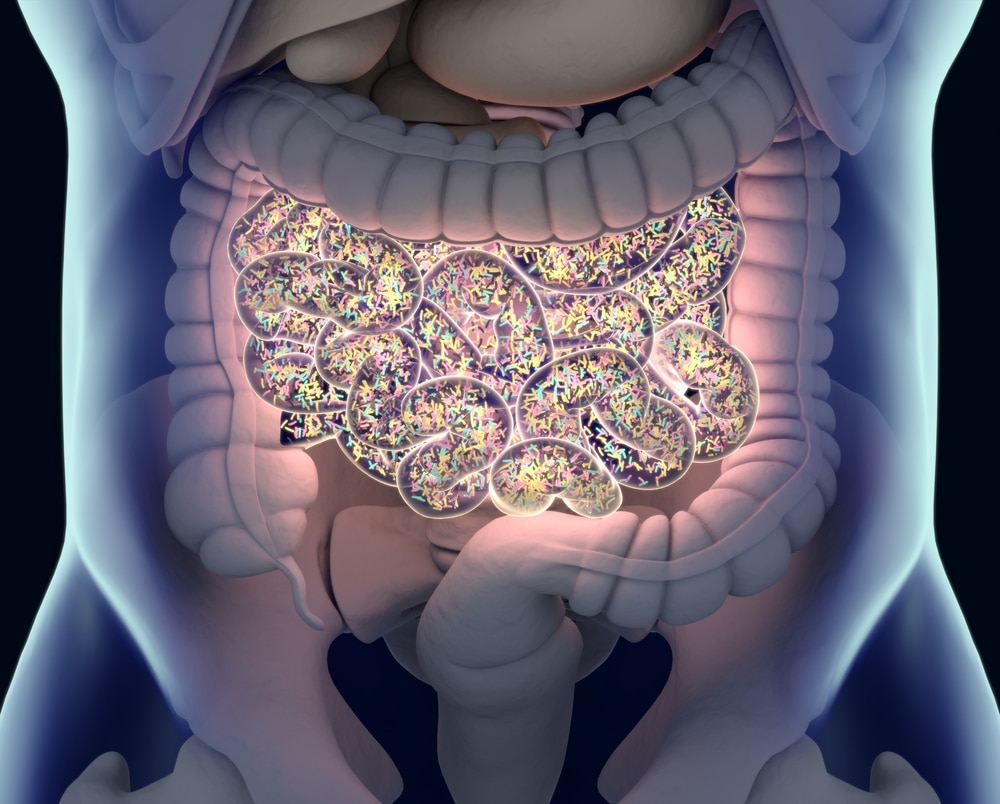If you were asked to point to your brain, what would you do? Chances are, you’d point at your head. But don’t forget about your “second brain” – the brain inside your gut, that is. While your gut doesn’t technically have a brain – at least, not the kind of brain you have in your head – it does utilize something known as the enteric nervous system. The gut’s enteric nervous system is sometimes called the “second brain” because of its many functions, including motor control, local blood flow, and immune support. But how does the “second brain” communicate with your actual brain? Serotonin could have something to do with it, according to a Flinders University study published in the American Journal of Physiology last month. Read on to discover how the Flinders University research team used mouse models to explore the gut-brain connection.
Why Does Gut-Brain Communication Matter?
Why do scientists want to explore the gut-brain connection? Per Johns Hopkins Medicine, individuals struggling with gut issues – irritable bowel syndrome, for example – often experience emotional issues as well. For years, scientists have worked to explore the think between gastrointestinal function and brain function. It is clear that the gut and the brain communicate – but how? The Flinders University researchers found one explanation for this mysterious biochemical signaling pathway: serotonin, an important chemical produced by nerve cells. To make that discovery, they had to closely inspect test subjects’ gut anatomy.
Exploring Mouse Model Gastroenterology with Histology
The Flinders University team assessed several mouse models using histology, or the study of cell micro-anatomy through a microscope. At the same time, the team employed a proprietary neuronal tracing technique to inspect the mouse models’ individual sensory nerve endings embedded in the gut wall. Histology was key to the team’s research given the microscopic nature of the mouse cells, according to study author Professor Nick Spencer from the Flinders University College of Medicine and Public Health. “This has not been possible, until now, because there were so many other types of nerves also present in the gut – it’s like finding a needle in a haystack,” Spencer told Science Daily. Fortunately, the researchers were able to monitor the subjects closely, observing specialized cells within the gut wall called enterochromaffin (EC) cells.
Assessing EC Cells and Serotonin Levels in Mouse Models
In Science Daily, Spencer explained that EC cells “produce and release hormones and neurotransmitters in response to particular stimuli that are ingested when we eat.” But while examining the EC cells, the researchers made a startling discovery: There was no direct physical connection between the EC cells and sensory nerve endings, suggesting that the cells must be communicating with the nerves in some other way.
Ultimately, the team discovered that the EC cells in the gut are responsible for releasing the majority of serotonin into the body – a finding that signifies a major leap forward for scientists studying the gut-brain connection. “These EC cells release the vast majority of serotonin into the body, so our study has uncovered a major clue into how the food we eat stimulates the release of serotonin, which then acts on the nerves to communicate with the brain,” Spencer explained.
_____
Understanding how the gut’s EC cells communicate with the brain is a major step forward for the scientific community. Now that researchers understand the connection between serotonin levels and gut function, they may be able to identify new and more effective treatments for individuals struggling with gut issues, mental health issues, or both.
Scantox is a part of Scantox, a GLP/GCP-compliant contract research organization (CRO) delivering the highest grade of Discovery, Regulatory Toxicology and CMC/Analytical services since 1977. Scantox focuses on preclinical studies related to central nervous system (CNS) diseases, rare diseases, and mental disorders. With highly predictive disease models available on site and unparalleled preclinical experience, Scantox can handle most CNS drug development needs for biopharmaceutical companies of all sizes. For more information about Scantox, visit www.scantox.com.

